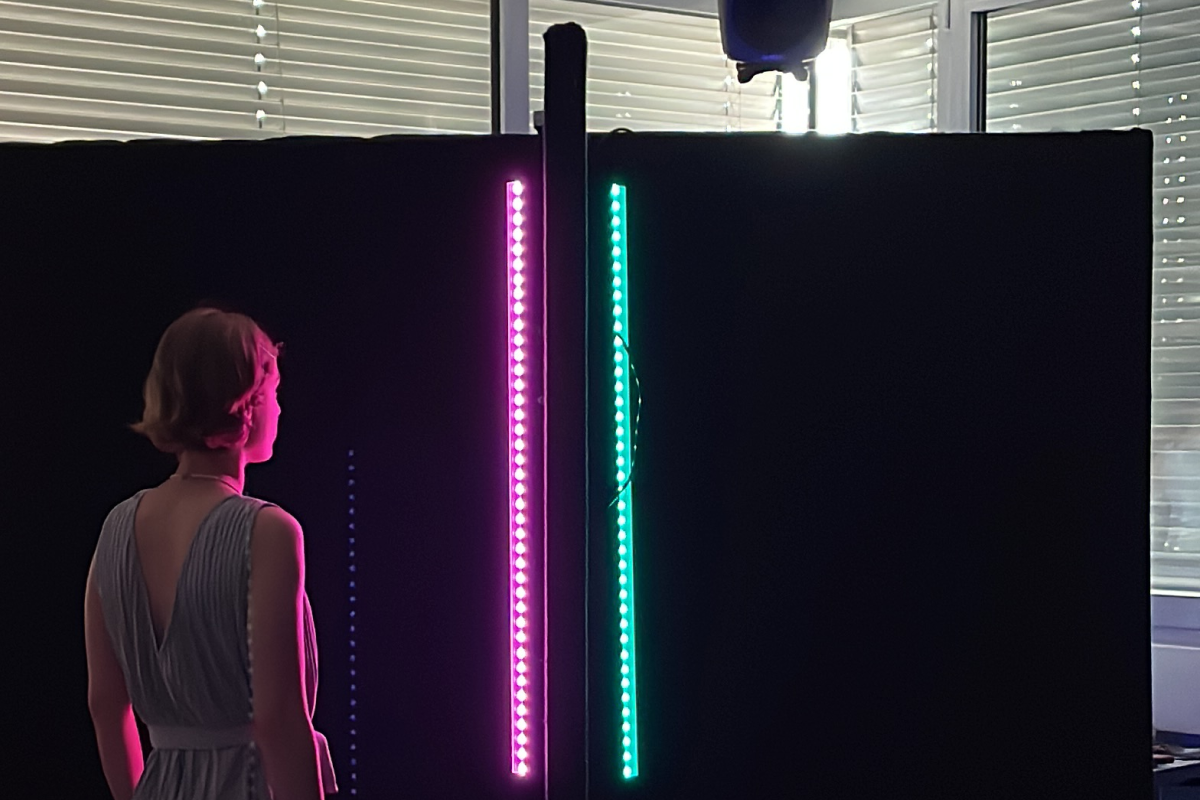Light Rush is an exciting multiplayer game where you and up to three friends catch falling light points and skillfully return them to the top while competing against each other. Each player controls a unique character with special abilities, reacting quickly to the unpredictable light points.
The game combines fast-paced action with teamwork and strategy, making every attempt to return the light points a thrilling race. Get ready for a challenge where agility and reflexes determine the winner!










